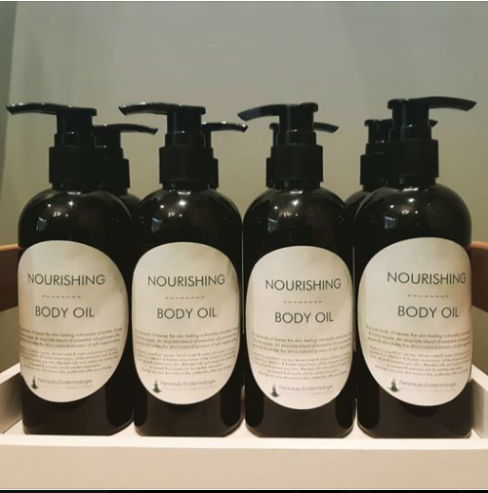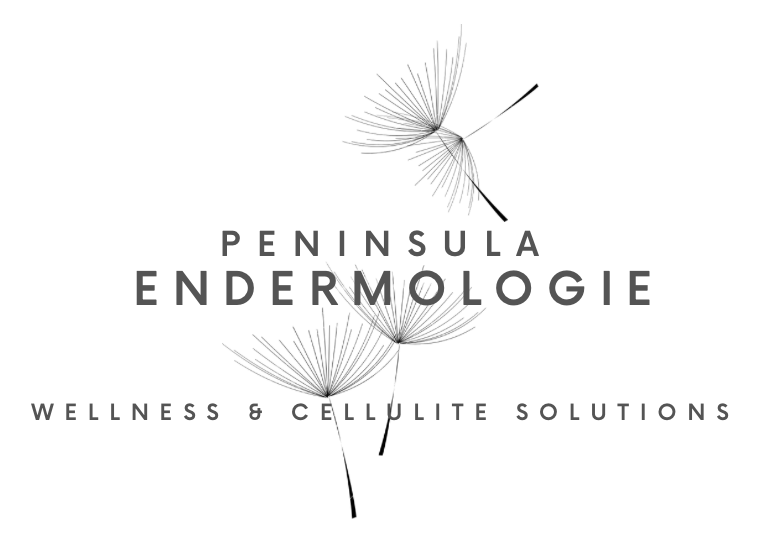Tips to detox your whole life

Yesterday I suggested we use this quarantine time to kick-start a little detox. Not just in diet, but across many areas of our lives that could do with a de-clutter or a healthier refresh. Number one on my list of things to detox was armpits! Yep, our poor underarms are exposed to lots of potentially harmful toxins with regular use of commercial deodorants and antiperspirants. So it’s a pretty great place to start.
Today, I want you to consider what moisturisers you’re using on your skin. Some of the best selling products on the market contain a list of ingredients that would make a sailor blush. I always think as a general rule, if you can’t pronounce what’s written on the label, you shouldn’t eat it or put it on your skin. But, there a few commonly-used ingredient’s names that I really want you to know about. Because forewarned is forearmed.
Let’s start with mineral oils. For example, there’s liquid paraffin, also known parafinnum liquidum, parafinnum subliqidum and petroleum jelly. Plus cera microcrystallina, ceresin, or good old Vaseline. Then there’s isohexadecane, glycerine, polyglyceryl-3 diisistearate and isopropyl palmitate.
These cheaply produced oil acts as an emollient on the skin. Manufacturers of these products would have you believe that emollients are helpful in softening and moisturising the skin. However, in reality, these products cannot penetrate past the outer layer of skin, aka the epidermis, and therefore it just sits on top of the skin. This creates a barrier to stop the necessary exfoliation of dead skin cells and can even alter natural skin bacteria growth, therefore upsetting the skin’s natural microbial flora.
They’re sometimes used successfully to treat conditions like psoriasis, but can worsen many other skin conditions like rosacea or acne, and really they offer very little benefit in healthy, problem-free skin.
The second dodgy ingredient to look for is parfum. You already know that this means it’s scented with a perfume or fragrance. For the most part, all perfumes are irritating to the skin. Yes, even naturally sourced, plant based fragrances. They usually need to be diluted in order to use them without irritation. But chemically-produced parfums are the worst kind of ‘ick’. They can cause allergic reactions in the skin and systemically and can even trigger asthma. Many are phthalates which are bad news. I spoke about these yesterday, but in summary they are hormone-disrupting and can potentially cause the growth of cancer cells.
Some perfumes try and hide away under a different name. For example, one well-known body moisturising brand has limonene, linalool, benzyl alcohol, benzyl salicylate, geraniol, citronellol, hydroxytcitronellol, hydroxyisohexyl 3-cyclohexane carboxaldehyde (now there’s a mouthful) which are all known skin irritants. And potentially the worst of the lot; butylphenyl methylpropional which has been banned in Europe for being allergenic, it’s also strongly-suspected that it’s an endocrine disrupter and it’s been linked with central nervous system disorders when tested on animals.
I also mentioned parabens yesterday and guess what. They’re commonly used in moisturisers too, so watch out for them. Again, they are hormone disrupters and are known to cause multiple cancers and even problems with foetal development.
Then there’s the PEG ingredients. Watch out especially for PEG 150, but PEG 40 (used in the commonly used product I’m writing about) is also a little dodgy, and is known to cause allergic and immunotoxic reactions in some people.
I also urge you to avoid anything with BHT in it, as it can cause contact dermatitis, allergic reactions and can cause birth defects in pregnancy.
And, just because I’m on a roll, another one worth a mention is retinyl palmitate. This is found more usually in anti-ageing face creams and even some sunscreens. It’s a Vitamin A derivative so is growing in popularity as people become more aware about the powerful effects of prescription retinol treatments. Although over-the counter products will never have the same results as a prescription product, manufacturers will continue to use it as a marketing tool to promote sales.
Unfortunately, this can have serious consequences for our health, as retinyl palmitate has been proven to cause hyperplasia (excess cell growth) that when exposed to sunlight can form free radicals that damage cell DNA. That means it can cause cancer to develop. So, if you do have a product that contains this ingredient, use it at night-time only, or better still, replace it with a more natural formula.
For my part, I much prefer to use natural moisturisers and haven’t bought a body lotion from a shop for years now. I have trialled many different DIY formulas over the years. My Clients will remember my “Lush body lotion” with coconut oil, shea butter and essential oils. It smelled divine, but was a bit of a pain to apply!
For the last couple of years, I’ve fallen in love with my ‘Nourishing body oil’ which has been lovingly crafted with an exquisite blend of essential oils to pamper the senses and stimulate the skin’s natural powers of self-regeneration. These specially selected oils are perfect for tackling cellulite and poor circulation. Blended with anti-oxidant and vitamin-rich grapeseed and avocado oils for perfect absorption, leaving your skin glowing but not greasy. The best thing is, it’s free from any chemical nasties and smells delicious. So if you need a moisturiser on your body, make sure it’s this one.
www.peninsulaendermologie.com
